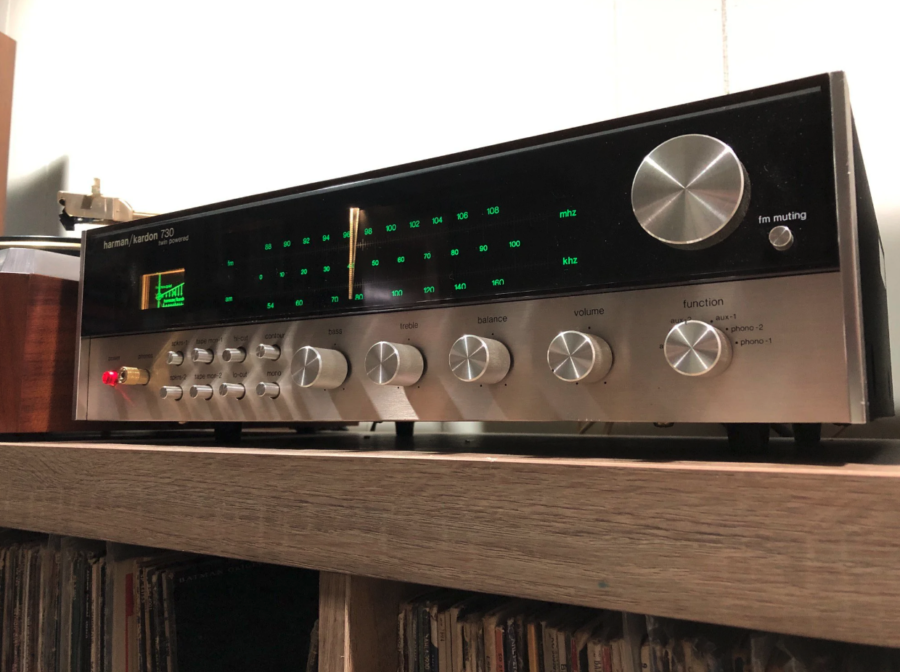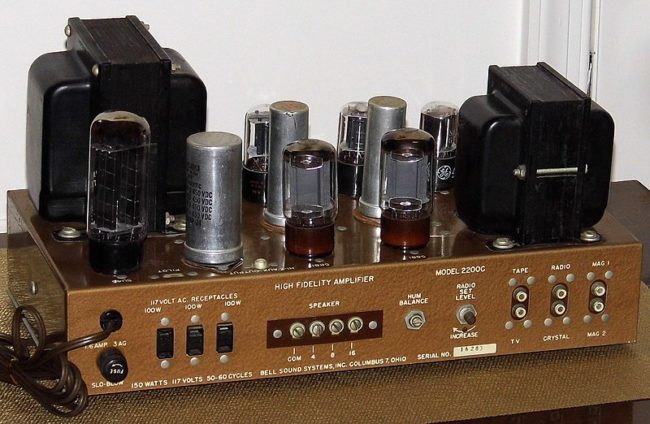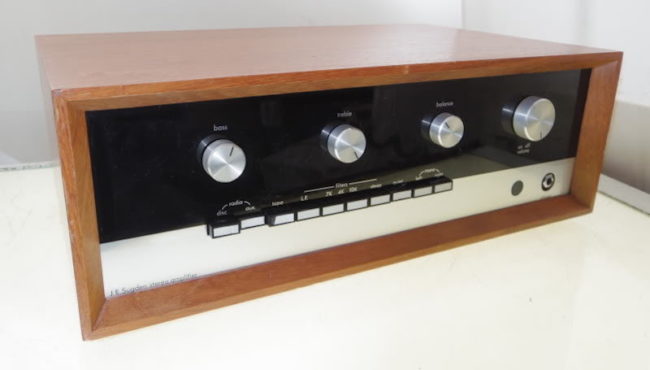Blog
Vintage Amps, Modern RELs
Connection Tips for Pairing the Old With the New

Those of us who love REL and vintage audio equipment grow to understand that it comes with some challenges, not least among them being the connectors supplied. We’ve been spoiled for the past couple decades with wonderfully robust, well-made binding posts and RCA/XLR connectors. It’s hard to recall just how poor the quality of connectors was until you get your prized receiver or amplifier home and suddenly, you’re staring at a blast from the past, and not of the fun type.
Here’s the bottom line takeaway, no other upgrade transforms an older system as much as adding the correct modern REL and connecting them couldn’t be easier because unlike most other subwoofers, RELs are made to connect to your amplifier’s or receiver’s speaker terminals. No need for a dedicated subwoofer output if all you’re trying to do is upgrade your old stereo receiver and you’ve been reading all these great reviews of RELs.
Let’s jump in with some tips about how to connect. Ultimately, virtually all of the weird, older, lower quality connections we made do with fall into two basic categories when it comes to amplifier-to-speaker connections:
- Some version of a bare wire/pin type connector. These can easily be identified by having a small hole in the middle of a plastic connector that either slides up and down or has a spring-loaded push button that opens an identical connection hole.”16 Gauge Opening Hole” connector.
- Any screw/spade-based connection, usually far smaller than modern binding posts, often screwing into phenolic, plastic or Masonite. Whatever medium they use as a backboard, they all are designed to work either with a spade or a bare wires wrapped around the screw terminal.

1a. Starting with the first type listed above, the 16 Gauge Opening Hole connector. These allow only a relatively modest wire gauge, typically 14-16 gauge. With RELs, you’re in luck as the REL High Level Cable is only a 22 gauge (numerically larger means physically smaller) and a 22 gauge is tiny enough to be able to wrap around your existing wire and in most cases the combined wire still fits into the old amplifier terminal.
2a. Screw-based terminal strips are used on very old gear, usually from the ‘60’s and. ‘70’s. These basic connectors can work well even though they don’t look sexy. Simple non-plated connectors often sound the most natural since they don’t have all the fancy plating. Believe it or not, one of the best sounding materials I ever listened to was tin, it simply sounded great (Note: back in the day, I listened to connectors to help a friend who was making high quality interconnects) At the time, the only better sounding connector was made by Cardas and used rhodium plating (over brass I believe). The tin sounded really good, its biggest issue was long term oxidation that would have made it sound worse over time whereas the Cardas sounded better and would sound that way 20 years later.
2b. For old tube amplifiers: Just pay because it’s necessary to connect RELs to the 8 ohm terminal, even if your speakers sound better on the 4 ohm terminal. Tube amps benefit from multiple impedance “taps” off their output transformer to allow the amplifier to easily drive your speakers. The REL doesn’t require any power from your tube amp, but its gain (loudness) is set to be optimal at 8 ohms.

REL Tip:
If your gear is older than 10 years, take a few minutes to thoroughly clean the connectors before connecting your new REL. We recommend Caig Laboratory’s DeoxIT, a spray cleaner that cleans, deoxidizes, and leaves behind a thin film to protect the connection from oxidizing quickly. It’s available from many sources over the internet and a single spray can (about $15) will last most of your life. Use it to clean RCA connectors too, it can make a huge improvement. Also handy for cleaning car battery terminals.
Rejoice in owning vintage audio gear, some of it is’s actually great, all of it carries powerful memories and it can be just plain fun to use gear older than you are if you’re a young enthusiast. Clean your connections and relax knowing that one of the many benefits to the way most RELs connect (all but the Serie HT) by using our High Level Input means that vintage hi fi buffs are welcome at the ongoing party that is REL.
Cheers!











